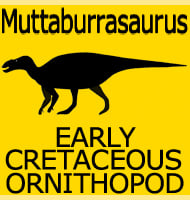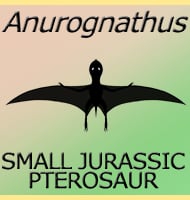In Depth
Makhaira is a genus of pliosaur that lived in waters that once submerged parts of Russia during the early Cretaceous. Due to lack of fossil material, little is known about the overall details of Makhaira. But these remains seem to have come from a small to medium sized pliosaur. The known teeth of Makhaira seem to suggest that Makhaira was more of a generalist, capable of hunting moderately sized prey of all types, without overly specialising on any one specific type of creature.
Makhaira has in the past been cautiously identified as a brachauchenine pliosaur, though overall lack of fossils have made this assessment uncertain. However, in 2017 an additional genus of brachauchenine pliosaur named Luskhan was described from fossils recovered from the same region of Russia that the Makhaira type fossils were recovered from.
Further Reading
- Peculiar macrophagous adaptations in a new Cretaceous pliosaurid. Royal Society Open Science 2(150552). - V. Fischer, M. S. Arkhangelsky, I. M. Stenshin, G. N. Uspensky, N. G. Zverkov & R. B. J. Benson - 2015.









